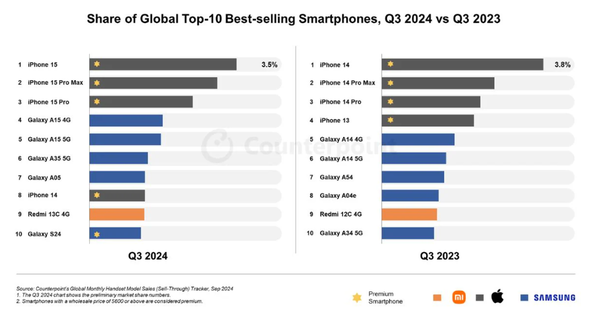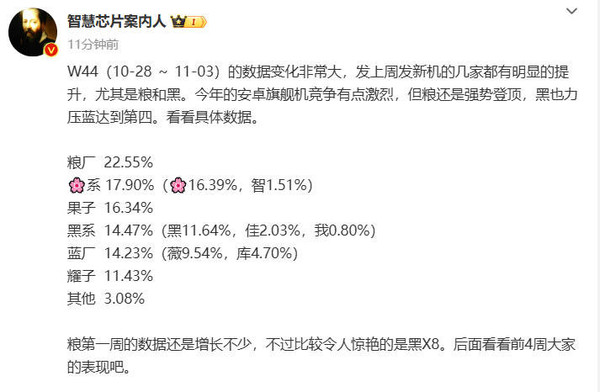
最近在做蓝牙开锁的小项目,手机去连接单片机总是出现问题,和手机的连接也不稳定,看了不少蓝牙方面的文档,做了个关于蓝牙连接的小结。
在做android蓝牙串口连接的时候一般会使用
?
1
2
3
4
5
6
7
8
|
BluetoothSocket tmp = null;
try {
tmp = device.createRfcommSocketToServiceRecord(MY_UUID);
} catch (IOException e) {
Log.e(TAG, "create() failed", e);
}
|
然后是tmp赋给BluetoothSocket,接着调用connect方法进行蓝牙设备的连接。
可是 BluetoothSocket 的connect方法本身就会报很多异常错误。
以下根据对蓝牙开发的一点研究可通过以下方法解决:
方法1.先进行蓝牙自动配对,配对成功,通过UUID获得BluetoothSocket,然后执行connect()方法。
方法2.通过UUID获得BluetoothSocket,然后先根据mDevice.getBondState()进行判断是否需要配对,最后执行connnect()方法。
?
1
2
3
4
5
6
7
8
9
10
11
12
13
14
15
16
17
18
19
20
21
22
23
24
25
26
27
28
29
30
31
32
33
34
35
36
37
38
39
40
41
42
43
44
|
private class ConnectThread extends Thread {
String macAddress = "";
public ConnectThread(String mac) {
macAddress = mac;
}
public void run() {
connecting = true;
connected = false;
if(mBluetoothAdapter == null){
mBluetoothAdapter = BluetoothAdapter.getDefaultAdapter();
}
mBluetoothDevice = mBluetoothAdapter.getRemoteDevice(macAddress);
mBluetoothAdapter.cancelDiscovery();
try {
socket = mBluetoothDevice.createRfcommSocketToServiceRecord(uuid);
} catch (IOException e) {
Log.e(TAG, "Socket", e);
}
while (!connected && connetTime <= 10) {
connectDevice();
}
}
public void cancel() {
try {
socket.close();
socket = null;
} catch (Exception e) {
e.printStackTrace();
} finally {
connecting = false;
}
}
}
|
接下来是调用的连接设备方法connectDevice():
?
1
2
3
4
5
6
7
8
9
10
11
12
13
14
15
16
17
18
19
20
21
22
23
24
25
26
27
28
29
30
31
32
33
34
35
36
37
|
protected void connectDevice() {
try {
if (mBluetoothDevice.getBondState() == BluetoothDevice.BOND_NONE) {
Method creMethod = BluetoothDevice.class
.getMethod("createBond");
Log.e("TAG", "开始配对");
creMethod.invoke(mBluetoothDevice);
} else {
}
} catch (Exception e) {
e.printStackTrace();
}
mBluetoothAdapter.cancelDiscovery();
try {
socket.connect();
connected = true;
} catch (IOException e) {
connetTime++;
connected = false;
try {
socket.close();
socket = null;
} catch (IOException e2) {
Log.e(TAG, "Cannot close connection when connection failed");
}
} finally {
connecting = false;
}
}
|
方法3.利用反射通过端口获得BluetoothSocket,然后执行connect()方法。
?
1
2
3
4
5
6
7
8
9
10
11
12
13
14
15
16
17
18
19
20
21
22
23
24
25
26
27
28
29
30
31
32
33
34
35
36
37
38
39
40
41
42
43
44
45
46
47
48
49
50
51
52
53
54
|
private class ConnectThread extends Thread {
String macAddress = "";
public ConnectThread(String mac) {
macAddress = mac;
}
public void run() {
connecting = true;
connected = false;
if(mBluetoothAdapter == null){
mBluetoothAdapter = BluetoothAdapter.getDefaultAdapter();
}
mBluetoothDevice = mBluetoothAdapter.getRemoteDevice(macAddress);
mBluetoothAdapter.cancelDiscovery();
initSocket();
while (!connected && connetTime <= 10) {
try {
socket.connect();
connected = true;
} catch (IOException e1) {
connetTime++;
connected = false;
try {
socket.close();
socket = null;
} catch (IOException e2) {
Log.e(TAG, "Socket", e2);
}
} finally {
connecting = false;
}
}
}
public void cancel() {
try {
socket.close();
socket = null;
} catch (Exception e) {
e.printStackTrace();
} finally {
connecting = false;
}
}
}
|
接下来是初始化并得到BluetoothSocket的方法
?
1
2
3
4
5
6
7
8
9
10
11
12
13
14
15
16
17
18
19
20
21
22
|
/**
* 取得BluetoothSocket
*/
private void initSocket() {
BluetoothSocket temp = null;
try {
Method m = mBluetoothDevice.getClass().getMethod(
"createRfcommSocket", new Class[] { int.class });
temp = (BluetoothSocket) m.invoke(mBluetoothDevice, 1);
} catch (SecurityException e) {
e.printStackTrace();
} catch (NoSuchMethodException e) {
e.printStackTrace();
} catch (IllegalArgumentException e) {
e.printStackTrace();
} catch (IllegalAccessException e) {
e.printStackTrace();
} catch (InvocationTargetException e) {
e.printStackTrace();
}
socket = temp;
}
|
要点:1.蓝牙配对和连接是两回事,不可混为一谈。
2.蓝牙串口连接可通过端口 (1-30)和UUID两种方法进行操作。
3.通过UUID进行蓝牙连接最好先进行配对操作。


 支付宝扫一扫
支付宝扫一扫 微信扫一扫
微信扫一扫














